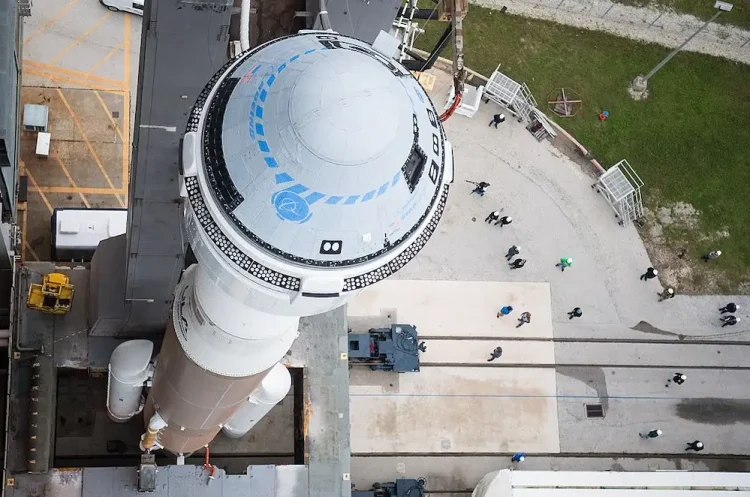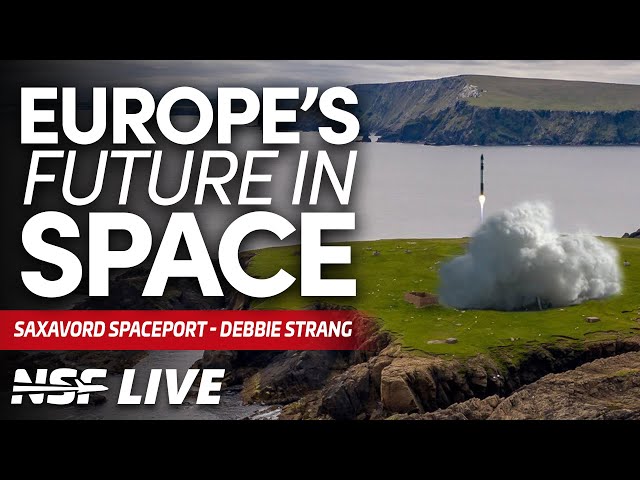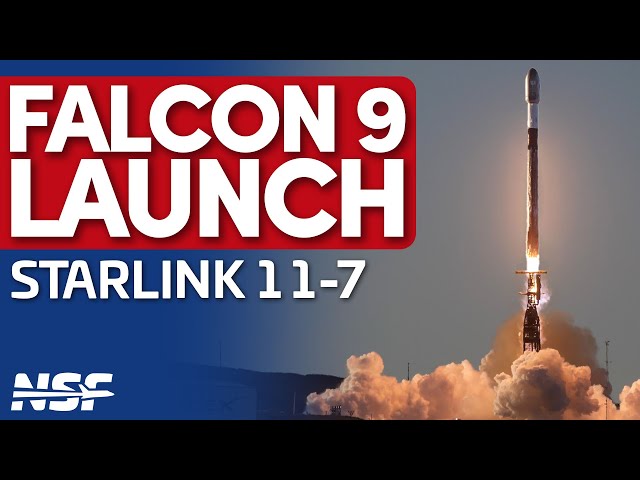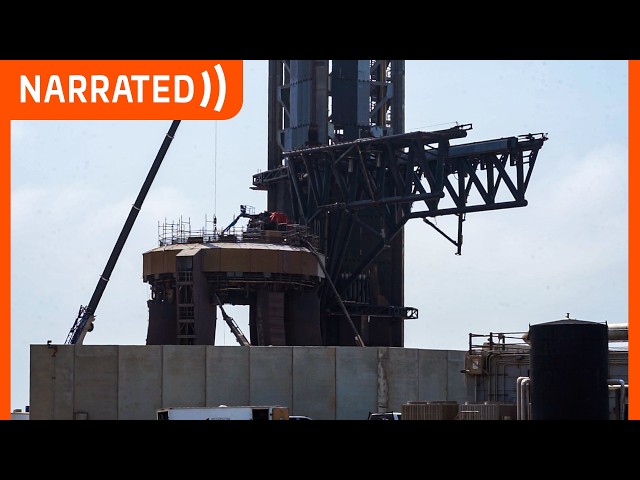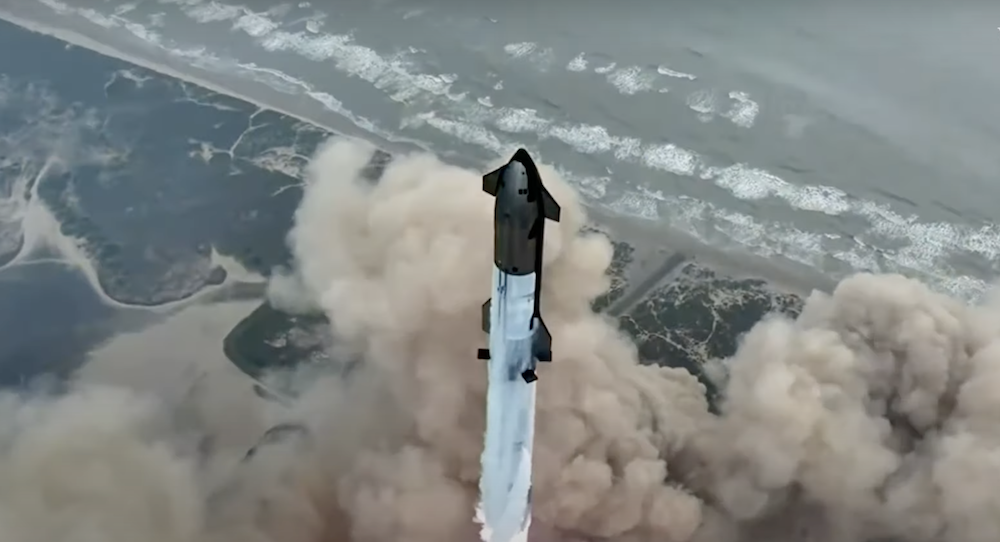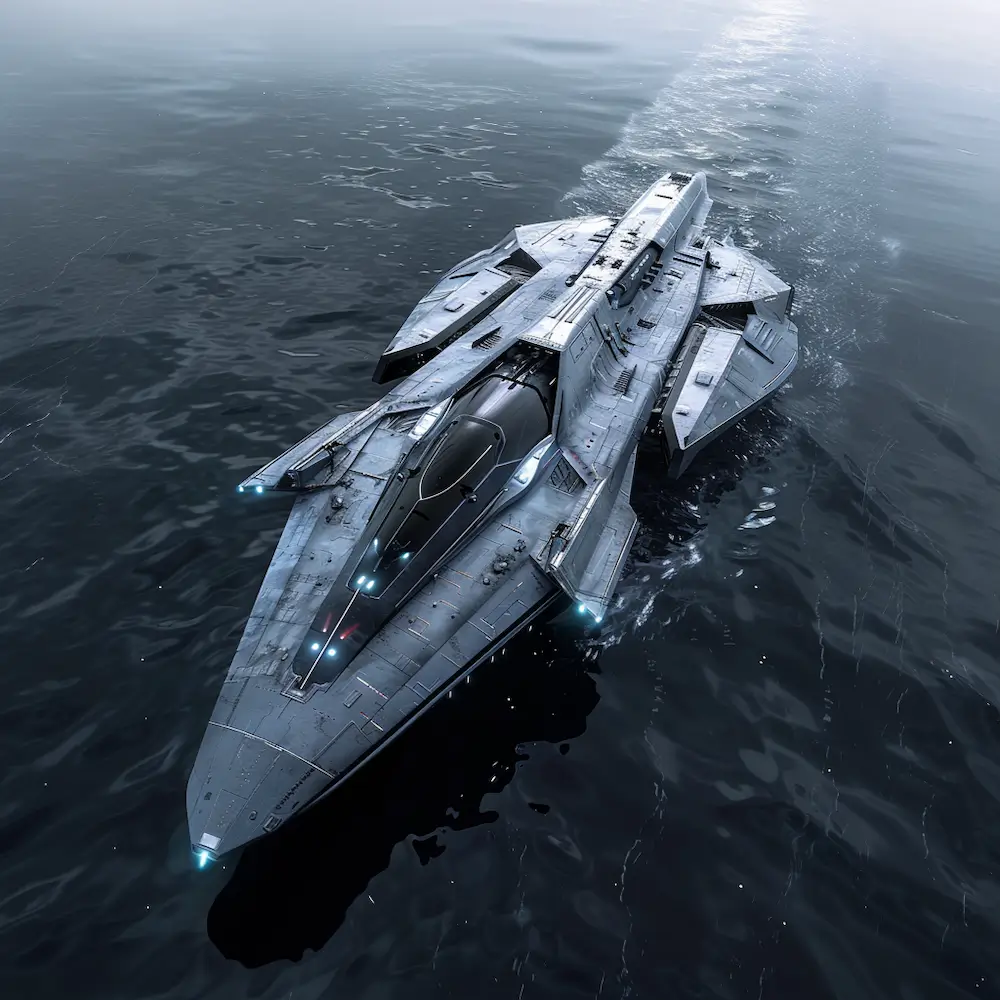June 6, 2024 – Cape Canaveral, FL
In a significant milestone for commercial spaceflight, Boeing’s Starliner spacecraft successfully completed its first crewed launch today, utilizing the United Launch Alliance’s Atlas V rocket. This pivotal event took place almost a month later than initially planned, overcoming a series of technical challenges.
NASA astronauts Butch Wilmore and Sunita Williams boarded the Starliner capsule, performing essential pre-launch preparations. About thirty minutes before liftoff, Boeing announced that it was addressing ground valve issues through its Software Integration Lab (SIL). Once these issues were resolved, the Starliner launched flawlessly towards the International Space Station (ISS).
The mission faced multiple delays over the past month. Initially scheduled for early May, the launch was postponed due to an anomaly with the liquid oxygen tank pressure regulation valve in the Atlas V rocket’s upper Centaur stage. Although the valve was replaced, a subsequent helium leak in the spacecraft’s service module prompted further investigation.
NASA and Boeing conducted a thorough examination, ultimately concluding that the helium leak did not compromise mission safety. The launch was then rescheduled for June 1, but a last-minute issue with the launch computer sequencer caused another delay.
Despite these setbacks, today’s launch proceeded without a hitch. In addition to carrying NASA astronauts, the Starliner also transported cargo, including food and supplies for the crew currently aboard the ISS.
Wilmore and Williams will spend the next eight days on the ISS, conducting a series of tests to evaluate the Starliner’s readiness for regular crewed missions to the orbiting laboratory.
NASA officials have stated that, pending the success of this mission, they will initiate the final certification process for the Starliner and its systems. This certification is crucial for integrating the Starliner into routine crew rotation missions to the ISS, marking a new era in commercial space travel.
With this successful launch, Boeing’s Starliner is poised to play a key role in the future of human spaceflight, demonstrating the potential for expanded collaboration between NASA and commercial partners in exploring space.
